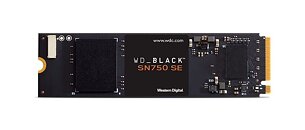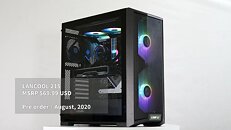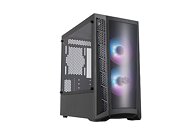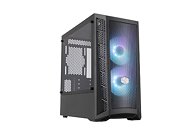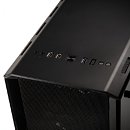Lian Li Launches Budget-Friendly RGB Cooling UNI FAN CL Wireless
LIAN LI Industrial Co. Ltd., a leading manufacturer of chassis and PC accessories, introduces the UNI FAN CL Wireless. Designed as an affordable solution for PC builders seeking wireless convenience and vibrant lighting effects, the CL Wireless features dual lighting zones with customizable side strips and fan blades. At 28 mm thick, the fan provides enhanced airflow and static pressure, making it ideal for both air- and water-cooling setups. Equipped with a 4-pin receiver for seamless PWM detection in the BIOS and a built-in tail PWM cable for additional power, the UNI FAN CL Wireless delivers optimal performance without cable clutter. Available in black or white, with standard and reverse airflow models, the UNI FAN CL Wireless is priced at $16.99 for a single pack and $54.99 for a 3-pack.
Affordable RGB Cooling with Dual-Zone Customization
The CL Wireless features dual independently customizable lighting zones—illuminated side strips and fan blades. Managed through L-Connect 3 software, users can effortlessly fine-tune lighting effects, synchronize colors, and create unique patterns across each zone, providing greater flexibility for themed builds. The CL Wireless are the same fans featured on the HYDROSHIFT II LCD-C 360CL, allowing users to perfectly complement their cooling setup with a unified aesthetic.
Affordable RGB Cooling with Dual-Zone Customization
The CL Wireless features dual independently customizable lighting zones—illuminated side strips and fan blades. Managed through L-Connect 3 software, users can effortlessly fine-tune lighting effects, synchronize colors, and create unique patterns across each zone, providing greater flexibility for themed builds. The CL Wireless are the same fans featured on the HYDROSHIFT II LCD-C 360CL, allowing users to perfectly complement their cooling setup with a unified aesthetic.















































